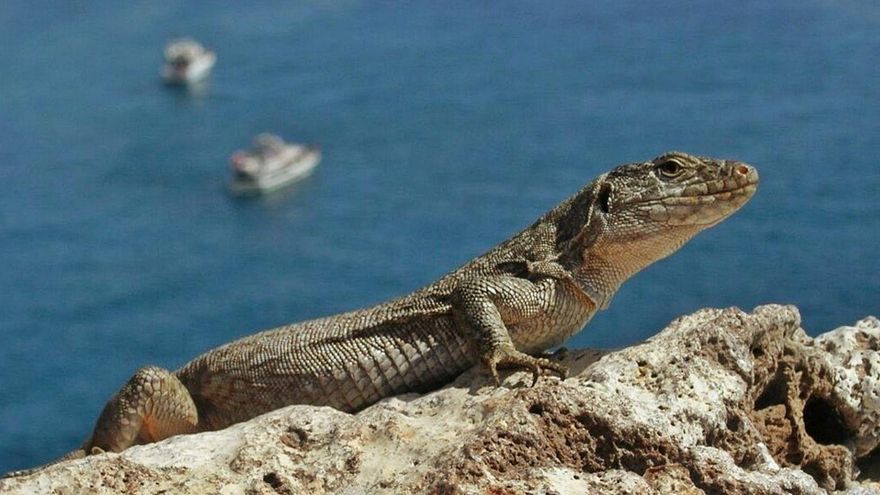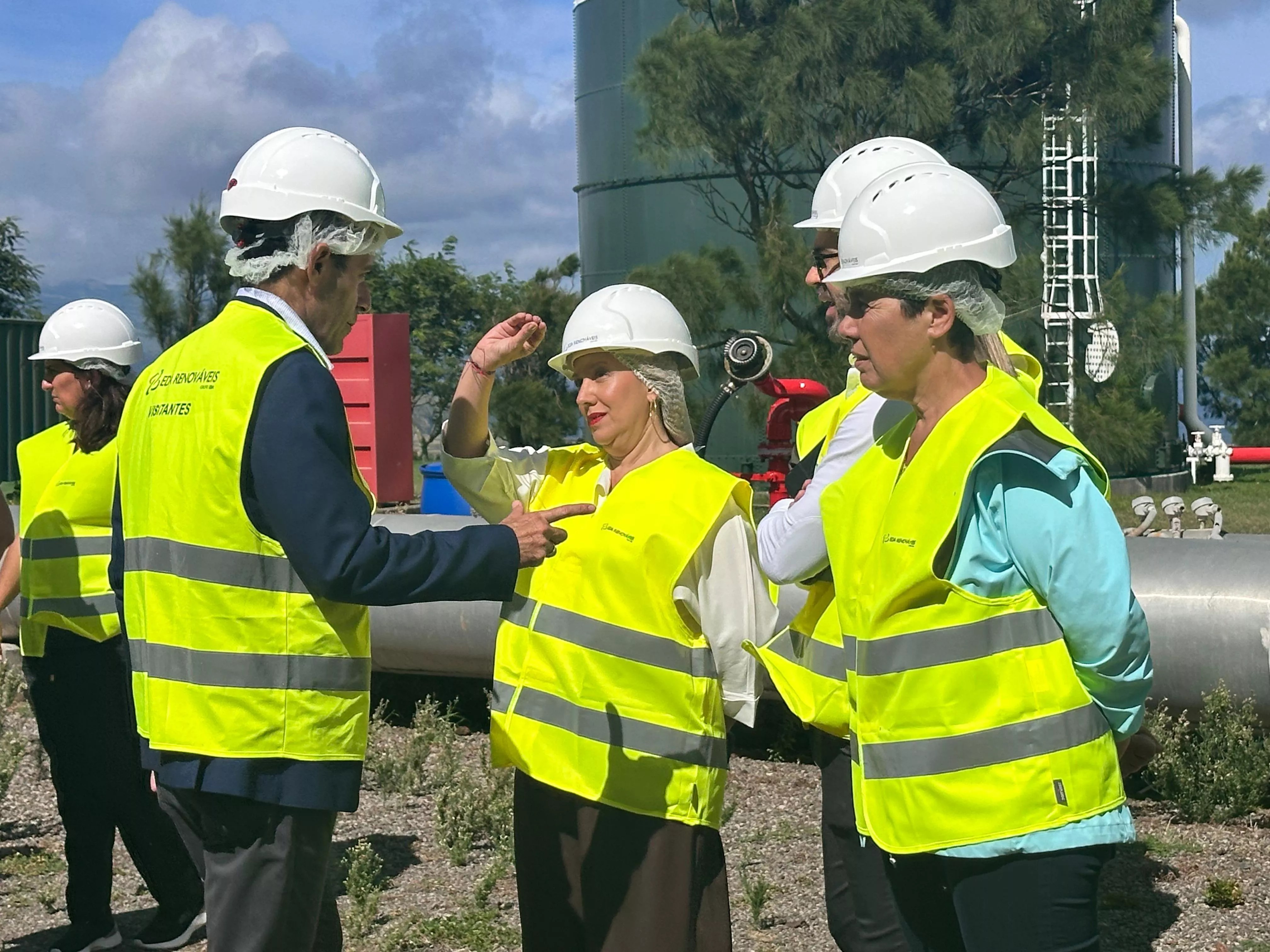
According to the Biodiversity Data Bank of the Canary Islands Government, on the Island of Tenerife almost 10,000 wild species inhabit, of which 887 are endemic.
The Insular Biodiversity Strategy, designed ten years from now, is part of the efforts to meet the United Nations Sustainable Development Goals (SDGs) for 2030 – the end of their temporality – and aims to be a working instrument to be implemented during the next decade. Your goal is direct actions in the field of biodiversity and ensure the sustainable use of wild species, races and autochthonous cultures of Tenerife. To this end, seven areas of work have been identified, with specific strategic and operational objectives and 101 lines of action have been defined, which include priorities and timing.
The diagnosis to protect biodiversity establishes its main threats in order to act on them. The five main direct factors that affect They are: habitat loss, degradation and fragmentation; Invasive Alien Species (IAS); pollution of the environment; the overexploitation of natural resources (the unsustainable use of nature) and the effects of climate change.
The plan delimits 73 species at risk. It defines 35 of them as “endangered”, “the made up of taxa or populations whose survival is unlikely if the causal factors of their current situation are maintained». The Plan identifies different degrees of conservation, from favorable (6) to unfavorable bad (16) with the intermediate unfavorable inadequate (12). Most are varieties of flora with exceptions such as the Canary crow (Corvus Corax), the giant Tenerife lizard (Gallotia Intermedia) or the tagarote hawk (Falcon Peregrinus).
“Vulnerable” species are at risk of being classified as “endangered”, in the immediate future “if the adverse factors acting on them are not corrected.” In this second category are included 38. Only four with a favorable conservation status for 22 unfavorable inadequate, six bad and six unknown.
The loggerhead turtle, the turquoise pigeon, the blue finch, the pilot whale (Globicphala macrorhynchus), the small shearwater (Puffinus Baroli) or the bottlenose dolphin (Tursiops Truncatus) are some examples.
Species at risk located in Tenerife they have “a limited range of distribution, a reduced population and a habitat where in most cases, anthropic pressure causes threats to future viability.”
The document defines “the reality of an island territory with high anthropic pressures (of the human being) ». This, he adds, “makes it imperative to create tools that ensure the conservation of threatened species.” For example, for flora «it is necessary to complement, together with the network of nurseries, a technical unit of germplasm – a guarantee of genetic reproduction – of wild species that allows to work, in a compatible way with other units, the collection, protocolization and conservation of the seeds, cuttings, bulbs, etc. of these species ». This technical service “must be dependent on the biodiversity unit and function, after prioritizing action by the experts, in those specimens that are defined as urgent.”
In conclusion, the plan designs five major lines of action at a global level to conserve island biodiversity. In the scientific field, knowledge, information and monitoring. Regarding management, conservation as an objective. The third line is the climate change front. Fourth, the territorial model. And finally, sectoral policies. Once the diagnosis is made, another stage begins: protecting the island’s biodiversity.
«Participation has been lacking»
A critical vision regarding the design of the new Strategic Biodiversity Plan is pointed out by the Popular Party in the Cabildo. His counselor, Valentín González, sums it up: «There has been a lack of participation in the process». And he argues: «They have not counted on either the political parties or social agents to prepare the strategy of biodiversity of Tenerife ». González Évora focuses his argument on the fact that the document that plans the future of biodiversity conservation on the Island declares the use of firearms as the method of controlling feral animals, including cats, goats and sheep. In addition, he adds, “he points out as contrary to conservation the CES method (Capture, Sterilization and Release)”. Both issues are directly opposed by the groups related to Animal Welfare that have presented allegations to the approved text. The PP criticizes that the Cabildo does not contemplate in its strategy the CES method which, according to Valentín González, “represents an effective and respectful way to control feral animals”. He insists that “this route has been rejected against the opinion of expert groups in Animal Welfare.”















